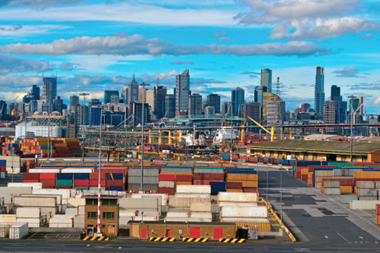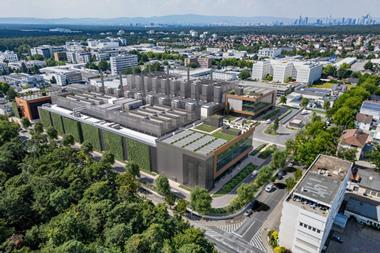IFM Investors plans to reduce the carbon emissions of its A$74.6bn (€47bn) infrastructure portfolio by 40% by 2030.
IFM Investors plans to reduce the carbon emissions of its existing infrastructure portfolio of 33 assets by 40% from 2019 levels by 2030. The assets, valued at A$74.6bn (€47bn), are located in Australia, North America and Europe.
The global institutional fund manager, plans to cut 1.16m tons of CO2 by 2030 as part of its commitment to target net zero by 2050.
David Neal, IFM Investors’ chief executive, said to get to net zero in 2050, significant reductions were needed over the next decade – the most important decade on the journey to 2050.
IFM, which owns assets in Australia, North America and Europe, said it would continue to invest in essential infrastructure assets, such as transport, utilities and energy, he said, with a focus on transitioning these assets to ensure they could continue operating in a net zero world.
Neal announced that IFM would restrict investments in any assets that derived material amounts of revenue from thermal coal, while targetting zero coal exposure for its existing portfolio by 2030.
The asset manager had no plans to divest its assets, but it would work on each of its assets to achieve its emissions reduction targets and focus on self-generation of renewables to replace conventional energy.
Kyle Mangini, IFM Investors’ global head of infrastructure, said: “This is a real transition strategy, not a divestment strategy.” A number of IFM assets were well into the transition to low carbon emissions, he added.
Mangini cited as an example the UK’s Anglian Waters, which would generate 44% of its energy requirements from renewables by 2025. Melbourne Airport in Australia, he said, was expected to generate up to 15% of its annual electricity consumption from an onsite solar farm.
In the US, IFM’s Buckeye business, which owned a network of integrated assets, including terminals for fossil fuel, was being positioned to produce 6 gigawatts of energy from wind and solar.
Mangini said that as the transition from gasoline cars to electric vehicles continued over time, there would be potential to repurpose these Buckeye’s fuel terminals for more sustainable fuels.
IFM currently owned some thermal coal assets in Europe through its domestic heating business, he said.
“We have not completely excluded thermal coal, because it can still be part of the energy mix in a number of integrated utilities. If you look at those utilities, the vast majority will have plans to phase out thermal coal.”
Neal said there some assets would become “stranded” in a net zero world.
The reason IFM had decided to start [the zero emissions path] with its infrastructure portfolio was because it had a large portfolio and that, as essential services, the assets had a large carbon footprint. But infrastructure was an area where IFM could control and influence significant changes.
“We will announce work on other non-infrastructure asset classes relatively soon,” Neal said.
Last year, IFM committed to reducing greenhouse gas emissions across all asset classes, targetting net zero by 2050.
To help meet that commitment, IFM established a taskforce to identify how each asset class – infrastructure, listed equities, debt, and private equity – would contribute.
To read the digital edition of the latest IPE Real Assets magazine click here.














